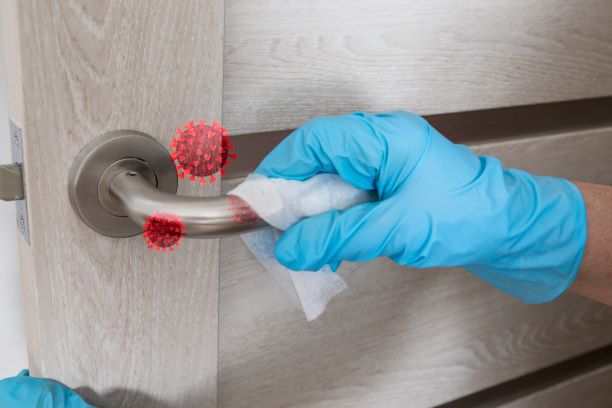We know that there’s a virus out there that has already killed roughly 875,000 people in about 8 months, and most of us are taking precautions now, to
We know that there’s a virus out there that has already killed roughly 875,000 people in about 8 months, and most of us are taking precautions now, to the best of our knowledge and abilities. However, unless that knowledge is sound, verified and proper, it can’t help. Besides, while the world is panicking only about the novel coronavirus, there are other microbes that we need to worry about as well. Of course, the diseases caused by most of them are not as easily transferrable as Covid-19, but some of those diseases are far more deadly.
The Silver Lining
Admittedly, this does not paint a pretty or inspiring picture of the present situation right away, but there is a silver lining to it. Most of us have been successful at keeping the deadlier diseases in check for so long and now that we are becoming more aware, the rate of new infections has come down by a significant degree. With the help of proper, daily sanitisation methods, it will soon be possible for us to reduce the rate of infection down even further. So, without further delay, let’s discuss the three most important elements of staying safe against the novel coronavirus and most other harmful microbes.
Combine Cleaning, Sanitising and Disinfecting for an Effective Safety Plan
These three terms, cleaning, sanitising and disinfecting signify three different aspects of safety. They must be combined together to form a reliable, proven and comprehensive antimicrobial strategy. To know what they each mean, go through the following descriptions.
Disinfection
This is when we apply chemical methods or sometimes, UV-C lights to kill or disintegrate germs. It’s not a method that can be, or rather should be, applied on biological matter such as human skin, but it works well while cleaning surfaces (floors, sinks, toilets, tables, etc.). All of them annihilate biological matter and some can mutate cells into becoming cancerous. This does not mean that exposing your skin to a few drops of floor disinfectant will cause cancer or burn you like acid, but long-term exposure and stronger concentrations can do both.
Sanitisation
Sanitisation is similar to disinfection, but a comparatively and intentionally less potent germ-killing process that is more ideal for applying on our skin. It can also be used to sanitise surfaces as those mentioned above, but the efficacy would be lower than disinfection. Sanitisation differs from disinfection primarily in terms of intensity, as it tends to lower the number of microorganisms present on any surface, rather than completely annihilating all biological lifeforms on our skin altogether.
BlowMotion hand dryers are fine examples of effective sanitisers that can be used freely on the human skin without having to worry about side-effects. These high-efficiency particulate air (HEPA) filter powered hand dryers are particularly effective against bacterial infections and can even remove viruses from the surface with air pressure. Furthermore, the HEPA hand dryers from BlowMotion are engineered to capture viral bodies within their filters while sucking in air from the other side.
Cleaning
Cleaning refers to the simple act of cleaning or removing dirt, grime, dust, etc. from any surface, be it skin or a non-living exterior such as the floor, for example. It generally refers to wiping off the surface with soap/mild detergent and water. This process may wash off the germs from a surface, or at least reduce the number of present germs on a surface. While it may or may not disintegrate/kill a lot of germs, the removal process is highly efficient and is considered to be a necessary precursor for any of the above processes to be particularly effective.
Combining the Three: As and When Needed
The above are not mutually exclusive techniques of course, which means that a cleaning agent can simultaneously be a sanitising agent as well, which is particularly true for isopropyl alcohol (70%). It could also be a disinfecting agent at 99% concentration, at which point it will not be suitable for use on skin at all.
The strategy should always be centred around cleaning a surface with a mild soap/detergent first (be it of biological or non-biological nature), before attempting to sanitise or disinfect the said surface. Cleaning is the quintessential and common first step for staying germ-free, irrespective of the following procedure. A following step, however, is a must in these times.
The techniques that do work are highly effective in keeping us safe against Covid, but they are also simultaneously helpful in killing/disintegrating/washing away most of the other germs as well. There are a few exceptions, but those should not be a cause for concern, except in rare cases. Admittedly, there is no assurance of safety against Covid-19 until a reliable vaccine comes out, but until then, this information should help us stay safe, as well as enabling us to keep others around us safe.



















































































































COMMENTS